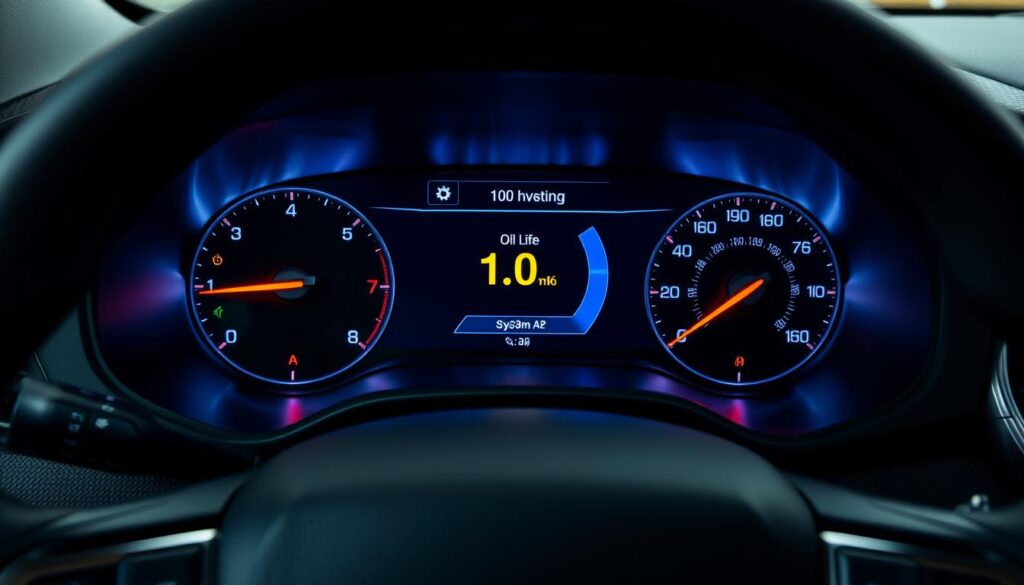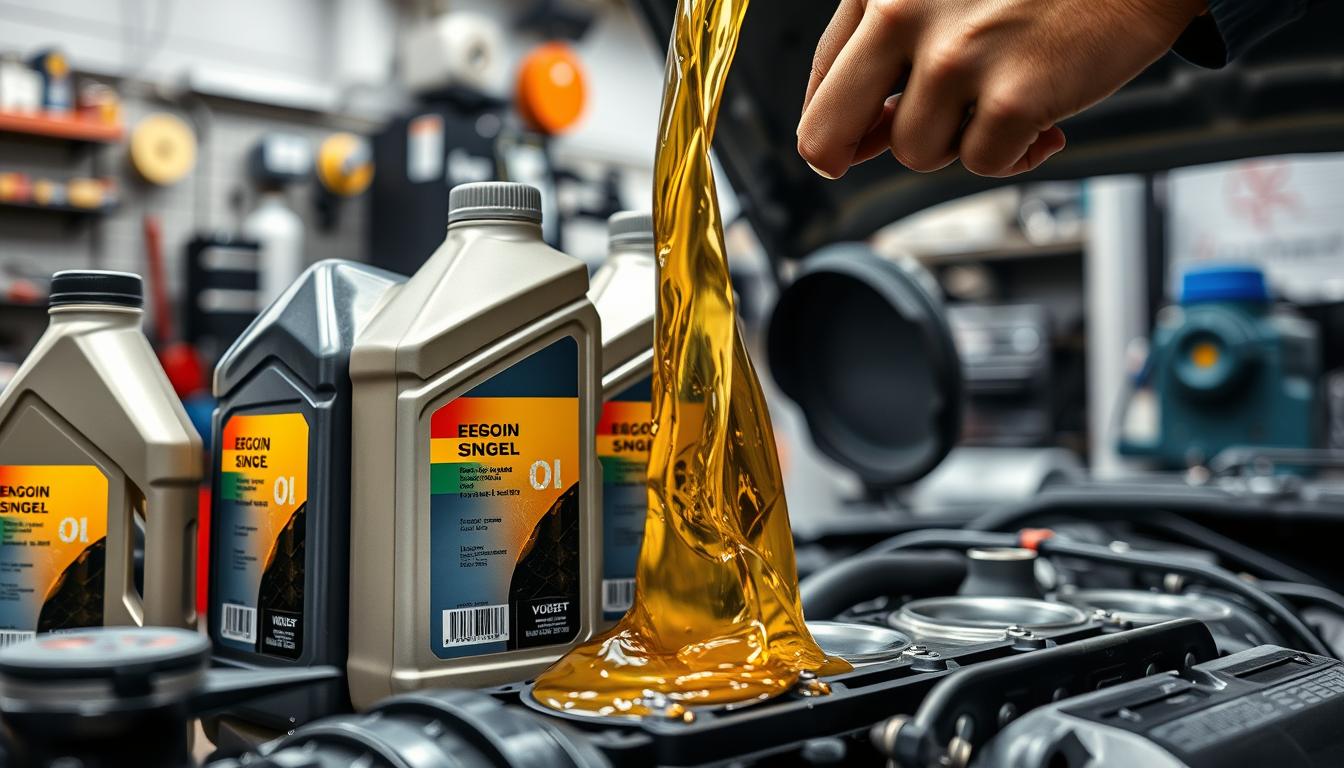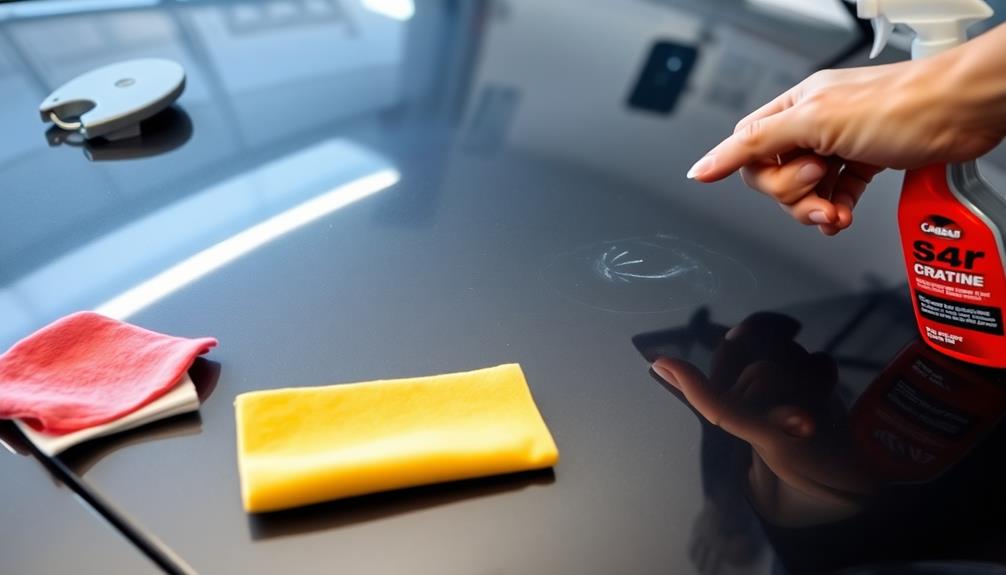Your Chevy Traverse is often your reliable buddy, helping you through daily challenges. Sometimes, we might forget to check on its needs amid our busy lives. When the oil light comes on, it tells us to take care of our car. But no need to fret! Resetting the Chevy Traverse oil light is crucial for your car’s health and longevity. With this oil light reset guide, you can quickly get your Traverse ready for more adventures. It keeps your vehicle running smoothly.
Key Takeaways
- Resetting the oil light is essential for maintaining your vehicle.
- A functional oil light helps prevent potential engine damage.
- Understanding your Chevy Traverse maintenance reminder is crucial.
- Learning the reset process equips you to take control of your car’s upkeep.
- Regular oil maintenance can extend the lifespan of your vehicle.
- You can reset the oil light easily, regardless of your model year.
The Importance of Resetting Your Oil Light
Resetting your oil light is very important. It helps keep track of your vehicle’s oil life, especially in a Chevy Traverse. After changing your oil, resetting the light is crucial. This makes sure you get accurate reminders for your next oil change. Not resetting can cause you to miss oil changes, hurting your engine’s performance.
The Chevrolet’s Oil Life Monitor (OLM) system is smart. It looks at engine speed, how you drive, and engine temperature to check oil quality. This system will tell you when it’s time for an oil change, usually when you have about 15% oil life left. If you ignore this alert, your engine could wear out faster. This could lead to serious damage over time. Resetting your oil light can boost your car’s performance. It also makes your car more fuel-efficient and lowers emissions.
Regular maintenance is essential for your Chevy Traverse. Resetting the oil light is a big part of this. General Motors suggests making this a part of your regular check-ups. Only skilled technicians should do this work. They have the right tools and knowledge. This makes sure your car stays in great shape. Taking care of your car improves its reliability and value over time.
Understanding Your Chevy Traverse Oil Life System
The Chevy Traverse oil life system is key to keeping your car running well. It uses an algorithm to check your engine oil’s condition often. Factors like how you drive, your mileage, and engine performance help it know when you need an oil change.
On your dashboard, the system’s reading goes from 100% to 0%. It figures out how much oil life you have left as you drive. GM suggests getting your oil changed soon after it hits 0%. This keeps your engine working its best.
It’s critical to reset the oil life system after changing your oil. Each Chevy model has its own reset steps. Knowing these steps makes taking care of your car easier. Following the maintenance guidelines can help your vehicle last longer, ensure safety, and maintain its value.
Regular maintenance is vital. Below are the costs for Chevrolet’s routine services:
| Service Type | Cost Range |
|---|---|
| Basic Maintenance | $142.45 – $239.10 |
| Total Chevrolet Vehicles Covered | 28,142 |
Learning about oil changes and the oil life system helps you care for your Chevy Traverse. Always get maintenance done by experts for the best care of your vehicle.

How to reset the oil light on Chevy Traverse?
Knowing how to reset your oil light is key to taking care of your Chevy Traverse. This process might differ by model, especially the 2017 version. It’s crucial for keeping an eye on when to change your oil. Here are the steps for different setups, including models with and without the Driver Information Centre (DIC). Plus, there are general instructions for other years.
Steps for 2017 Chevy Traverse with Driver Information Centre (DIC)
- Turn the ignition to run, just one position before starting the engine.
- Press the vehicle information button until “OIL LIFE REMAINING” is displayed.
- Hold the SET/RESET (check mark) button until it shows 100%. You should hear three chimes.
- Turn off the ignition, then start the engine to confirm the reset.
Steps for 2017 Chevy Traverse without Driver Information Centre (DIC)
If you don’t have a Driver Information Centre in your Chevy Traverse, don’t worry. Resetting the oil light has a slightly different procedure. Usually, you’ll need to turn the ignition on and use the dashboard buttons. Your owner’s manual has the exact method for this.
General Reset Instructions for Other Model Years
Resetting the oil light in other models of the Chevy Traverse varies slightly. But, here are some simple steps to try:
- Turn the key to the “On” position without starting the engine.
- Press the gas pedal three times, then turn the key off.
- Turn the ignition back on, and the oil light should be reset.

These steps offer a solid way to reset your oil light. Whether you’re resetting the oil light for a 2017 Chevy Traverse or a model without DIC, it’s important. It helps in keeping your vehicle running well for a long time.
Common Issues When Resetting the Oil Light
Resetting the oil light on your Chevy Traverse can sometimes be tricky. These common issues can affect how smoothly the reset goes. Knowing them helps keep your vehicle running well. The oil life system tells you when to change the oil. But, sometimes resetting it is not so straightforward.
Push Button Ignition Challenges
Many Chevy Traverse models have push button ignitions, which can be tricky. Not all models show the oil life options in an easy-to-find place. Users often see the oil life screen only when starting the car. This makes finding the right options to reset the oil light hard. If you’re having trouble, look in your vehicle’s manual for help.
What to Do If the Reset Fails
Sometimes, trying to reset the oil light fails. If this happens, make sure you’re doing it the right way for your car’s model year. If it still doesn’t work, it might be your battery or ignition system. Keeping your car in good shape helps avoid these issues. This way, your Chevy Traverse stays running smoothly.

| Challenge | Description | Solution |
|---|---|---|
| Push Button Ignition | Oil life options may not display consistently. | Refer to the vehicle manual for detailed steps. |
| Reset Fails | The reset process may not complete as intended. | Check battery and ignition system. Follow proper reset steps. |
How Often Should You Reset the Oil Light?
Make resetting the oil light a key part of your Chevy Traverse’s upkeep. Do it each time you change the oil. This keeps your oil life monitor accurate. It also helps you stay aware of when to change your Chevy Traverse’s oil again.
It’s best to change your oil every 5,000 to 7,500 miles. This varies based on how you drive and the oil type. Sticking to this plan and resetting the oil light means you’re taking good care of your car. Your Chevy Traverse will run better and last longer.
Always reset the oil light with each oil change. This keeps your maintenance on track. It ensures your engine runs well and keeps you informed about your vehicle’s condition.









